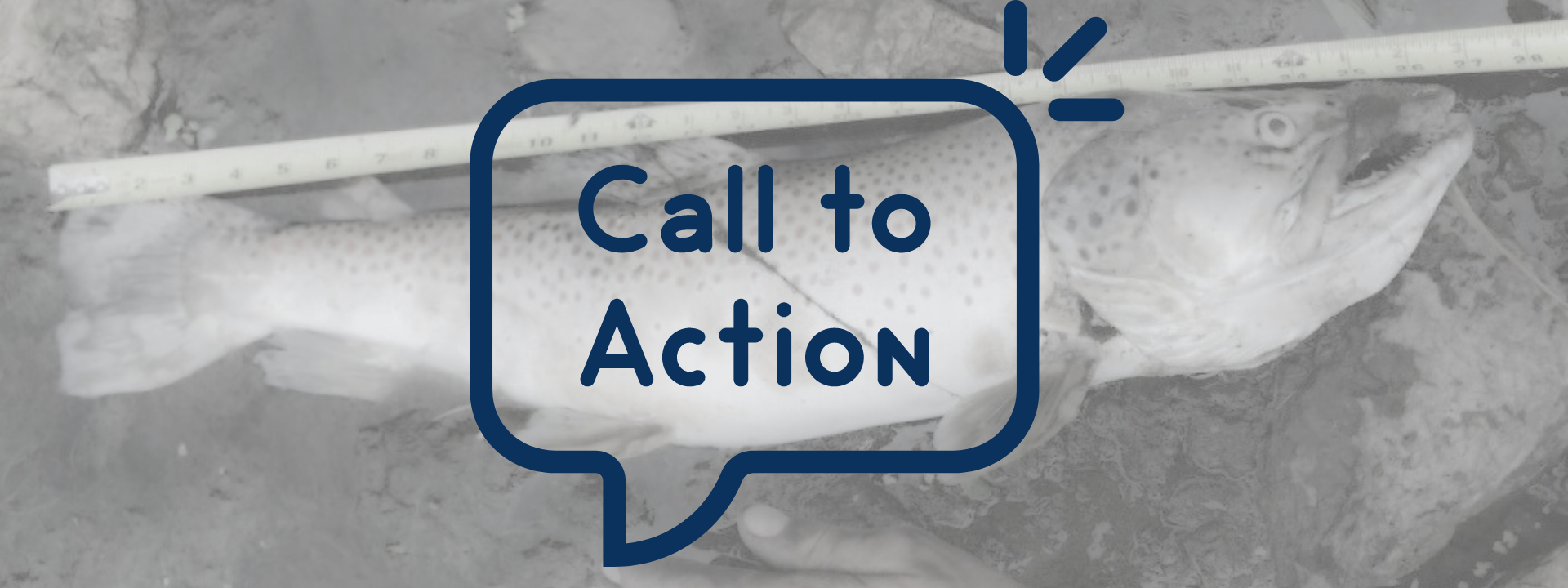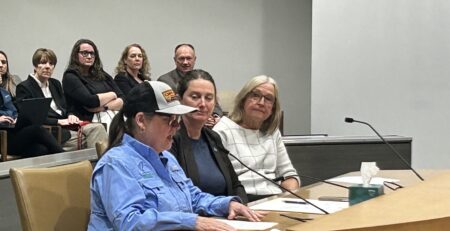How agencies can improve their response to fish kills
MNTU identified several improvements that should be made to ensure timely investigation and better public disclosure of lessons to be learned from any fish kill. Below is a summary of improvements needed.
Background:
The most recent large fish kill in a southeast Minnesota trout stream occurred on Rush Creek in July 2022. This terrible event received enough attention that MNTU and its partners were able to persuade the Legislature to pass a law requiring state agencies to develop better procedures for responding to fish kills. The 2023 law requires key agencies – Minnesota Department of Agriculture (MDA), Minnesota Pollution Control Agency (MPCA), Minnesota Department of Health (MDH), and the Minnesota Department of Natural Resources (DNR) – to develop a set of procedures the agencies must follow when a fish kill is reported to determine the causes of, or factors contributing to, the fish kill. On March 11, 2024 the agencies released their draft Interagency Fish Kill Response Guidance Document and Protocol. The public comment period closed May 10, 2024.
How the Guidance & Protocol must be improved:
The draft Guidance & Protocol is a good effort overall and should be adopted by the agencies with these important modifications:
- Qualified contractors are needed “on call” for weeknights, weekends, and holidays. The draft on page 7 notes the agencies lack on-call staff during these times and that this will cause delays in response. It also notes contractors could be used, yet does not call for this. These times actually represent 75% of the hours in a year! The draft must be revised to include the use of on-call emergency contractors trained and equipped for rapid response whenever agency staff are unavailable. Contractors should be on retainer to respond at a moment’s notice, much like is done for toxic spills.
- Stakeholders should be able to request an After Action Review. The draft on page 17 describes a process for the agencies to critique the response to a fish kill to identify and address future needs and modifications to improve the response plan. Only one of the agencies can request an AAR. Stakeholders should also be able to request this type of Review. And stakeholders should be able to easily obtain the results of these Reviews.
- The DNR should be free to report its recommendations and prevention measures whether or not a unified interagency report is drafted. The draft on page 16 says individual agency reporting is typically sufficient but the interagency team may decide to prepare a unified report. Decision criteria are vague. Any agency should be able to request a unified report. The DNR should be free to report its recommendations and prevention measures even if its conclusions are not shared by the other agencies. Appendix C: Fish Kill communications guidance should be changed to specifically state that once the agencies complete their investigations the DNR is free to report its recommendations and prevention measures.
- More detailed response procedures are needed for the karst region of Minnesota. The draft contains a one size fits all set of procedures for all areas of the state. Given the porous and fractured bedrock, the close connection between surface and groundwater, the steep terrain, and frequency of human caused fish kills here, the guidance should be further reviewed and revised to ensure a more rapid and thorough response to southeast MN fish kill.
These are just the major areas for improvement from a trout fisheries protection standpoint. Our partners are addressing human health and many other aspects of the problem in their comments.



